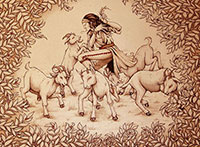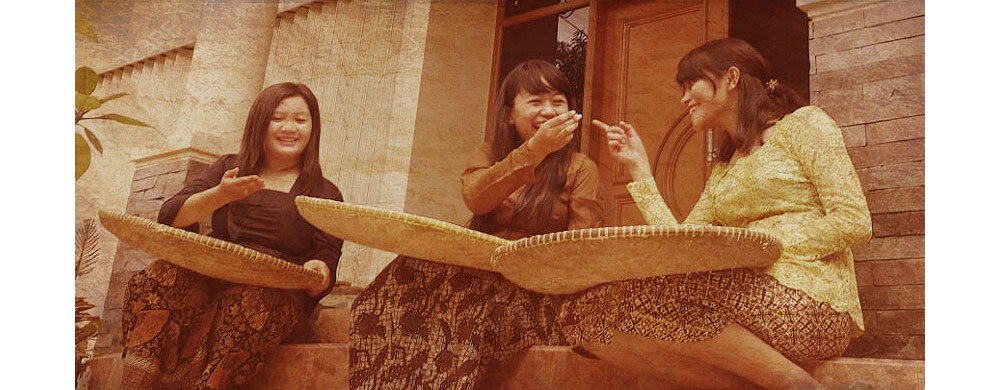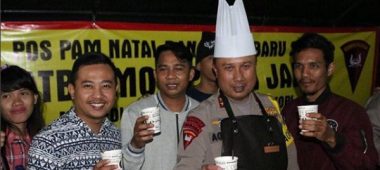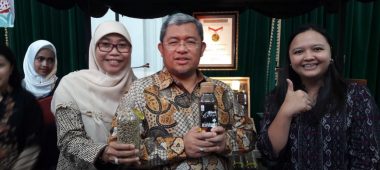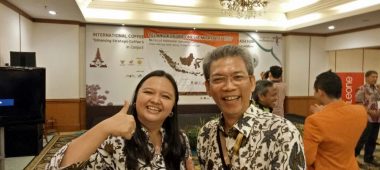… and from 2005 until now, Gravfarm has produce very specialty coffee with high quality seeds. We grow, process and sell the highest quality of Arabica coffee to the world.
Home
Since 1.800, Java has been the nickname for the real thing, as opposed to the substitutes that sometimes go by the name of coffee. The story of Kaldi and his goats turned hyperactive after eating the falling coffee beans always started the legend of the first coffee discovery in Ethiopia. However, since the early of 17th century, Java was well-known as the world-class-high-grade coffee producing regions long before the world knew other variants of coffee such as Brazilian, Columbian, and others. Java had a subtropical climate with volcanic soil culture which was ideal for Coffea arabica’s cultivation which was then known as JAVA COFFEE in the world of coffee market. Java was also assosiated with an initial source of the seeds of Coffea arabica for most coffee plantations in South America, Latin America, Mexico including the Carribean.
JAVA COFFEE even became “generic brand” for premium coffee in the world of coffee market. In addition to that JAVA is nowadays associated with everything related to coffee and even is adopted in lieu of the term of coffee.
The Arabian trader in Yaman protected the coffee seed with only the coffee beans processed to sell and exported. They also prohibit foreigners to visit coffee plantations.
Returning from the hajj in 1600, Baba Budan smuggled seven Arabica coffee green beans, which were later grown in India. The seeds were well-grown in India. The seed were well-grown and then spread to Malabar Coast.
In 1658, the Dutch was successful to take over Malabar Coast from Portuguese. The Dutch found the coffee plantations that were left by the Arab traders.
By the Dutch, that place was converted into a research centre for coffee, where the botanist, Carolus Linnaeus discovered the techniques of growing the coffee. Linnaeus named the genus as Coffea arabica.
The term “coffea” came from the word “qahwa” meaning the coffee, while the word “Arabica” was added as he thought that the coffee plant was originated from Arab, since it was cultivated by Arab traders. Linnaeus revealed that these plants could grow well in the sub-tropical areas with cool mountain air.
Until 1690, the demand for coffee from the European market continued to rise despite the coffee price increased. This situation has driven the Dutch to take seeds of Coffea arabica from the Malabar Coast, India and grow them in Java.
Besides the sub-tropical weather which was suitable for Coffea arabica, Java had fertile volcanic soils with the cool mountain air. The coffee plant from the island of Java shipped to Amsterdam botanical garden in 1706 to be studied. The botanists in Amsterdam concluded that the coffee from Java Island was high quality seeds. In 1707, the seeds then massively produced and spread to all botanical gardens in Europe. This became the starting point for coffee cultivation on a large scale in Java. (Prawoto Indarto, The Road To Java Coffee, 2013).

